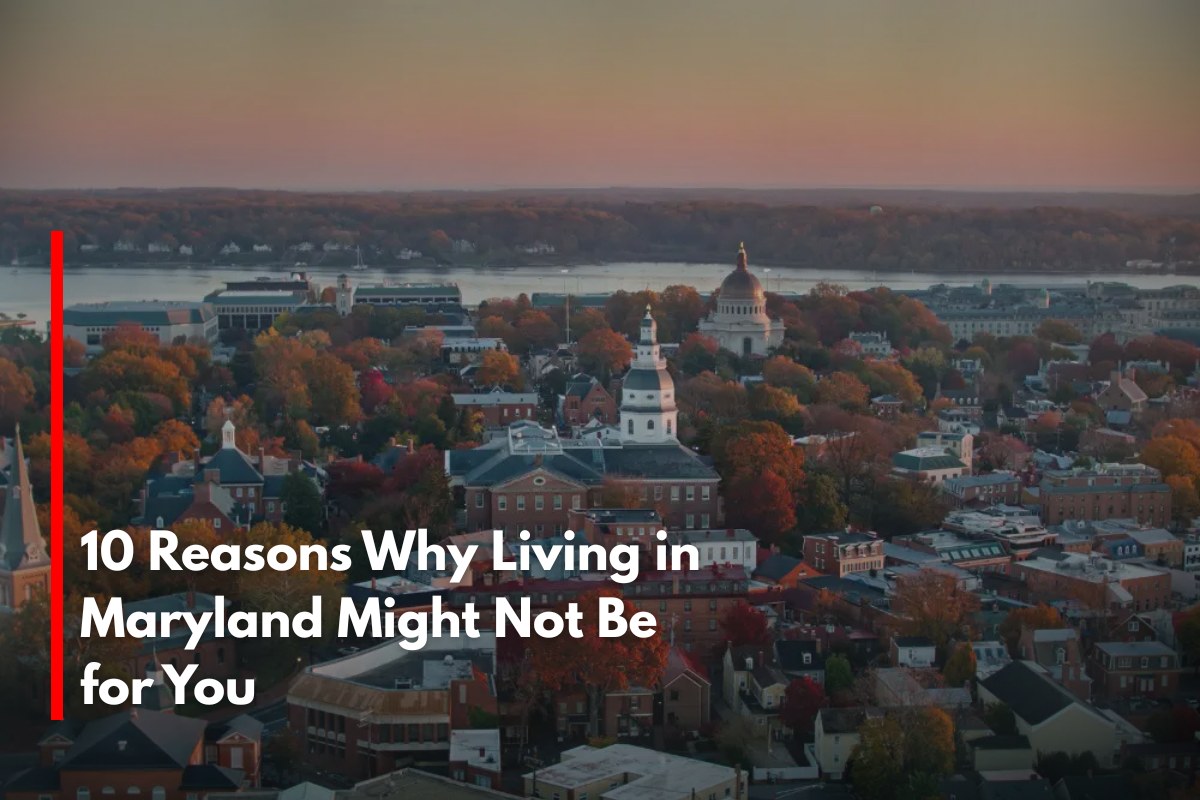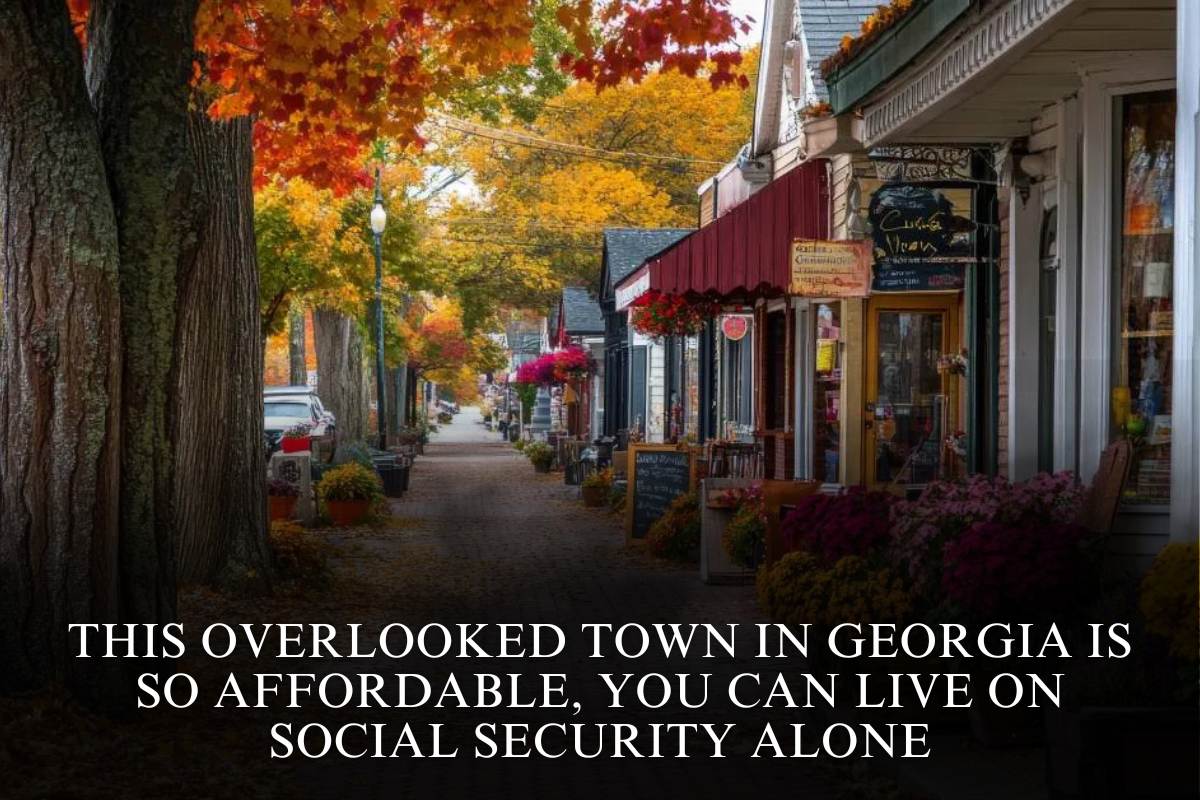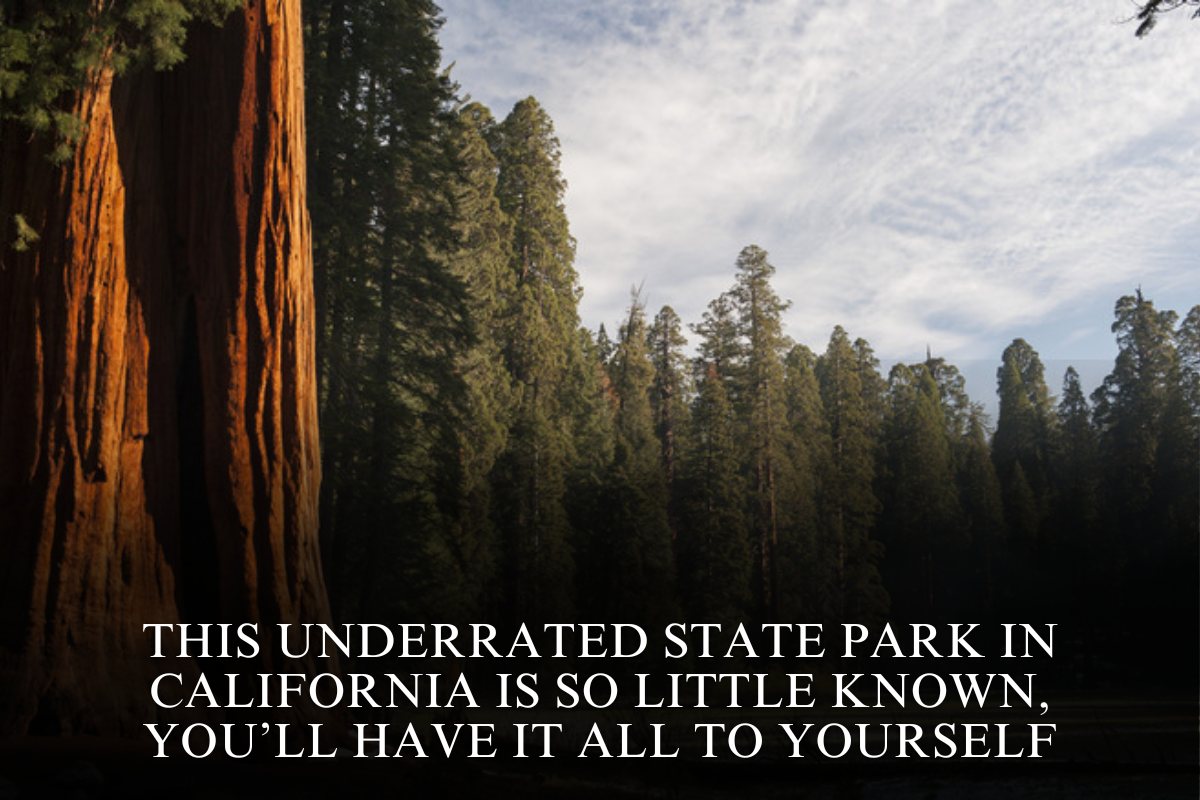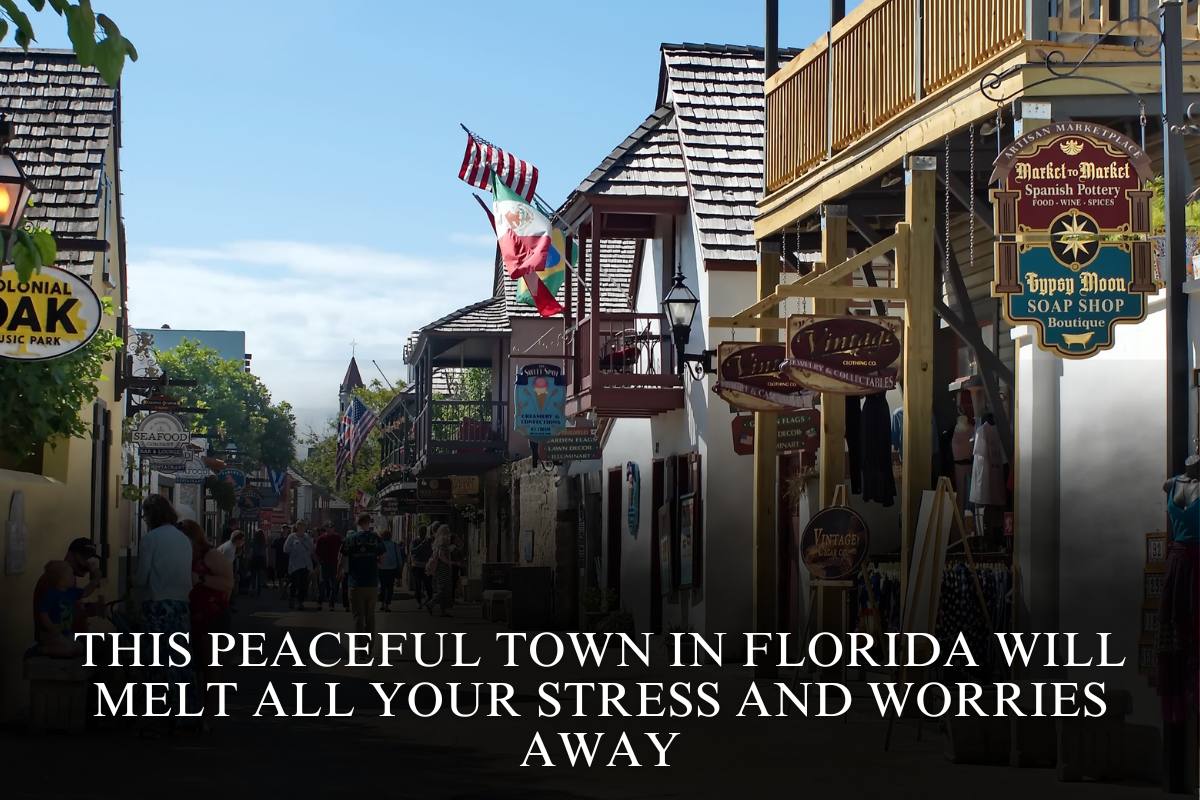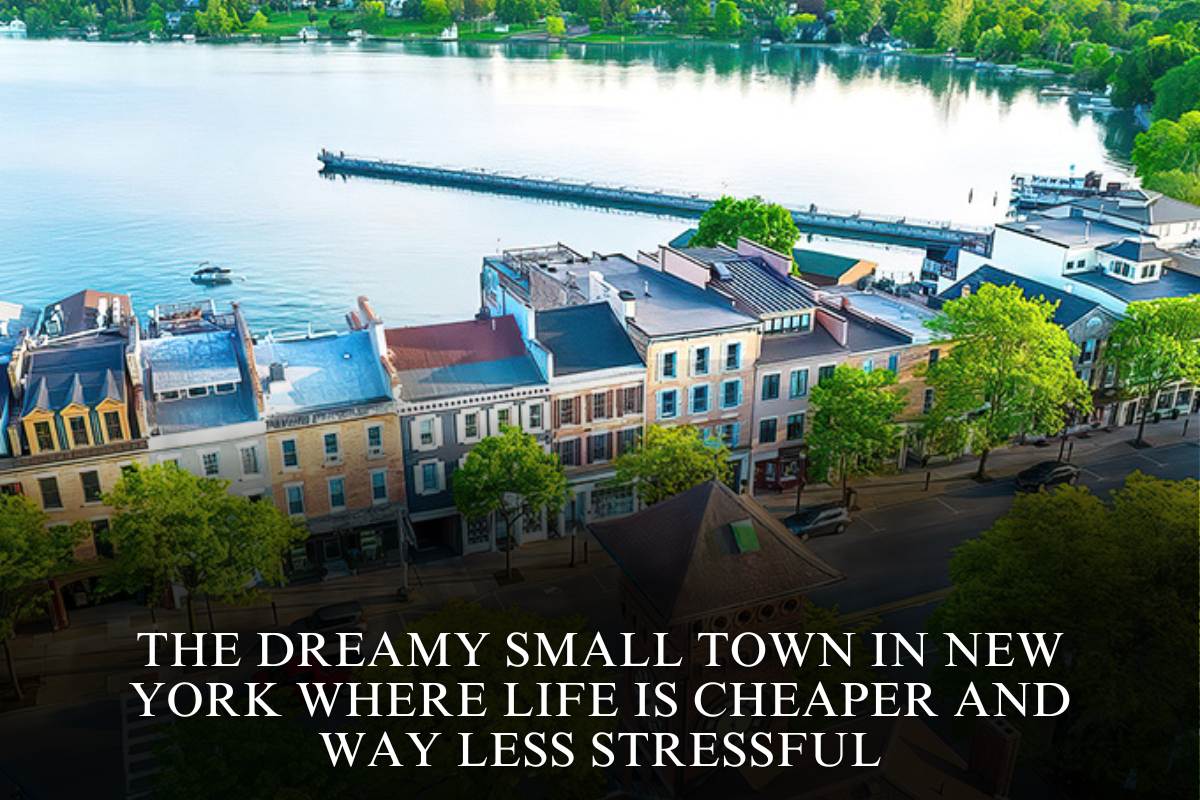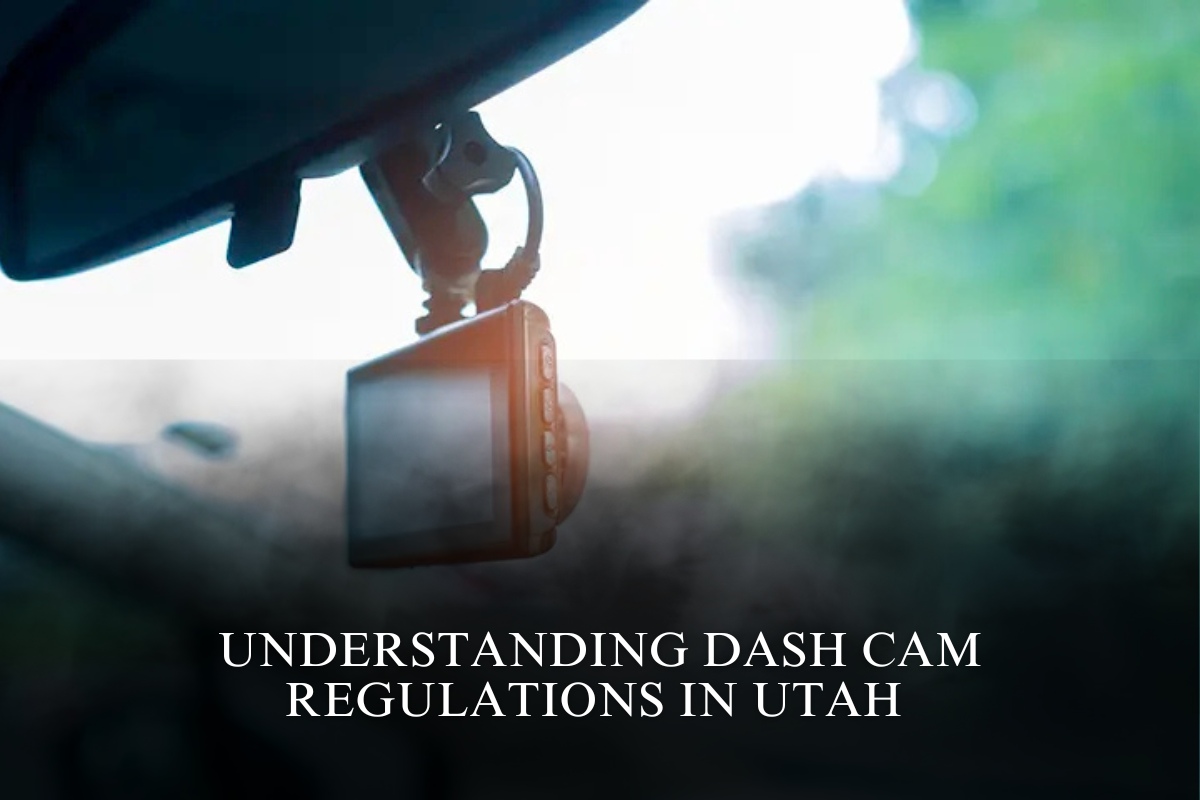1. High Cost of Living
Maryland ranks among the states with the highest cost of living in the U.S. Housing prices, especially near Washington, D.C., and Baltimore, are significantly above the national average. This makes renting or buying a home challenging for many, and everyday expenses like groceries, healthcare, and utilities also tend to be higher, straining household budgets.
2. Traffic Congestion
Commuting in Maryland can be stressful due to heavy traffic, particularly around the Baltimore-Washington metropolitan area. Major highways such as I-95 and I-495 experience long rush hours. This results in extended travel times, increased fuel costs, and frustration for daily commuters.
3. High Property and Income Taxes
Maryland residents face relatively high property taxes compared to other states, which increases the cost of homeownership. On top of this, Maryland has high state and local income tax rates, with some counties imposing additional income tax. This tax burden reduces take-home pay and can impact financial planning.
4. Humid Summers and Cold Winters
Maryland’s climate includes hot, humid summers that can feel uncomfortable for many residents, leading to higher energy bills due to air conditioning. Winters, while varied across the state, can bring cold temperatures, snow, and ice, particularly in western Maryland, making travel and outdoor activities challenging.
5. Limited Affordable Housing
Affordable housing options are scarce, especially near urban centers. The high demand and soaring home prices make it difficult for first-time buyers and renters on a budget to find suitable homes, often forcing them to live farther from work and endure longer commutes.
6. Limited Public Transportation in Rural Areas
While urban areas like Baltimore and the D.C. suburbs have public transit options, rural parts of Maryland lack reliable public transportation. This compels residents to rely heavily on personal vehicles, adding to transportation costs and reducing accessibility for non-drivers.
7. Traffic and Driving Culture
Maryland drivers are often regarded as aggressive or challenging, leading to stress on the road. Combined with congestion, defensive driving becomes essential, and the daily commute can feel exhausting.
8. Dense Urban Population and Limited Green Space
Urban areas in Maryland are densely populated, and residents may face crowded living conditions, limited parking, and fewer green spaces. This can detract from quality of life for those who prefer more space and serenity.
9. Air Quality Concerns
Pollution from vehicular traffic and industry affects air quality in some parts of Maryland, particularly in urban and industrial regions. Poor air quality can aggravate respiratory conditions and detract from the appeal of outdoor activities.
10. Exposure to Severe Weather
Maryland is vulnerable to severe weather events such as hurricanes, heavy rainstorms, and coastal flooding. These natural challenges can disrupt daily life, damage property, and require constant preparedness, especially for those living near the Chesapeake Bay or the Atlantic coast.
While Maryland offers proximity to major cities, rich culture, and natural beauty, the challenges of high living costs, traffic, taxes, climate, and urban density might make it less appealing for some residents or newcomers. Careful consideration of these downsides is important before deciding to live in the state.
Sources
[1] https://www.sroa.com/blog/lifestyle/pros-and-cons-of-living-in-maryland
[2] https://www.reddit.com/r/maryland/comments/wzfziq/current_marylanders_what_are_some_proscons_of/
[3] https://thehonestlocal.com/living-maryland-moving/
[4] https://www.youtube.com/watch?v=xAEFZnmVaeI
[5] https://www.apartmentguide.com/blog/pros-and-cons-of-living-in-maryland/
